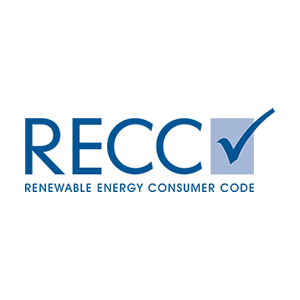Are you curious about how much solar power your home can generate? Whether you’re just starting your solar journey or looking to confirm predictions from solar installers, the European Commission’s Photovoltaic Geographical Information System (PVGIS) is a fantastic tool to help you estimate your potential solar generation. Here at Blue Electrics, we pride ourselves on designing bespoke solar systems tailored to your needs, but tools like PVGIS can provide a great starting point for understanding your solar potential.
Why Use the European Commission PVGIS?
The PVGIS is a valuable resource for homeowners considering solar energy. Here are some key benefits:
- Accurate Solar Generation Estimates: PVGIS uses data from the European Commission’s Joint Research Centre to provide reliable solar irradiation data. This means you get an accurate estimate of how much solar power your location can generate.
- Easy to Use: Despite its technical appearance, the PVGIS is user-friendly. With a few clicks, you can enter your location and get detailed solar generation data.
- Educational Value: For those new to solar energy, PVGIS is a great educational tool. It helps you understand the factors that influence solar power generation, such as location, roof orientation, and roof slope.
- Decision-Making Support: If you’re undecided about the number or type of solar panels to install, PVGIS allows you to model different scenarios. This helps you make informed decisions based on your specific circumstances.
Step-by-Step Guide to Using PVGIS
Let’s walk through how to use PVGIS to estimate your home’s solar power generation.
- Determine Your Location: The amount of solar power your home can generate depends on where you are in the world. PVGIS provides a global map of solar irradiation, showing average annual sunshine for different locations.
- House Orientation: The orientation of your roof significantly impacts solar generation. In the northern hemisphere, a south-facing roof is ideal, while in the southern hemisphere, a north-facing roof is best. East and west-facing roofs can also be effective but will capture different amounts of sunlight throughout the day.
- Roof Slope: Ideally, your solar panels should be angled to capture maximum sunlight when the sun is highest in the sky. PVGIS allows you to input the slope of your roof to get a more accurate estimate.
- Array Size and Efficiency: The number of panels and their efficiency will determine your total solar generation. PVGIS lets you input the size of your array and its efficiency to calculate potential output.
- System Losses: Every solar system has some energy losses due to factors like cabling and voltage conversions. PVGIS includes typical system losses in its calculations to give you a realistic estimate.
Practical Example
Imagine using PVGIS to explore the solar potential of your home. By inputting your location, roof slope, and orientation, you can generate a detailed chart showing monthly solar generation. This tool provides a clear visual representation of your home’s potential solar output throughout the year.
For comparison, you can repeat the process for different locations to see how geographical differences affect solar generation. This will highlight the importance of your specific location in determining your solar power potential.
Conclusion
Using tools like the European Commission’s PVGIS can provide invaluable insights as you embark on your solar journey. It’s a great way to get a preliminary understanding of your home’s solar potential before consulting with experts like us at Blue Electrics, who can design a bespoke system tailored to your needs. By combining the detailed data from PVGIS with our professional expertise, you can maximize your home’s solar generation and move towards a greener, more sustainable future.
If you’re considering switching to solar energy, why not give PVGIS a try? Click here to access the PVGIS tool. And when you’re ready to take the next step, contact us at Blue Electrics for a personalized solar solution designed just for you.




















